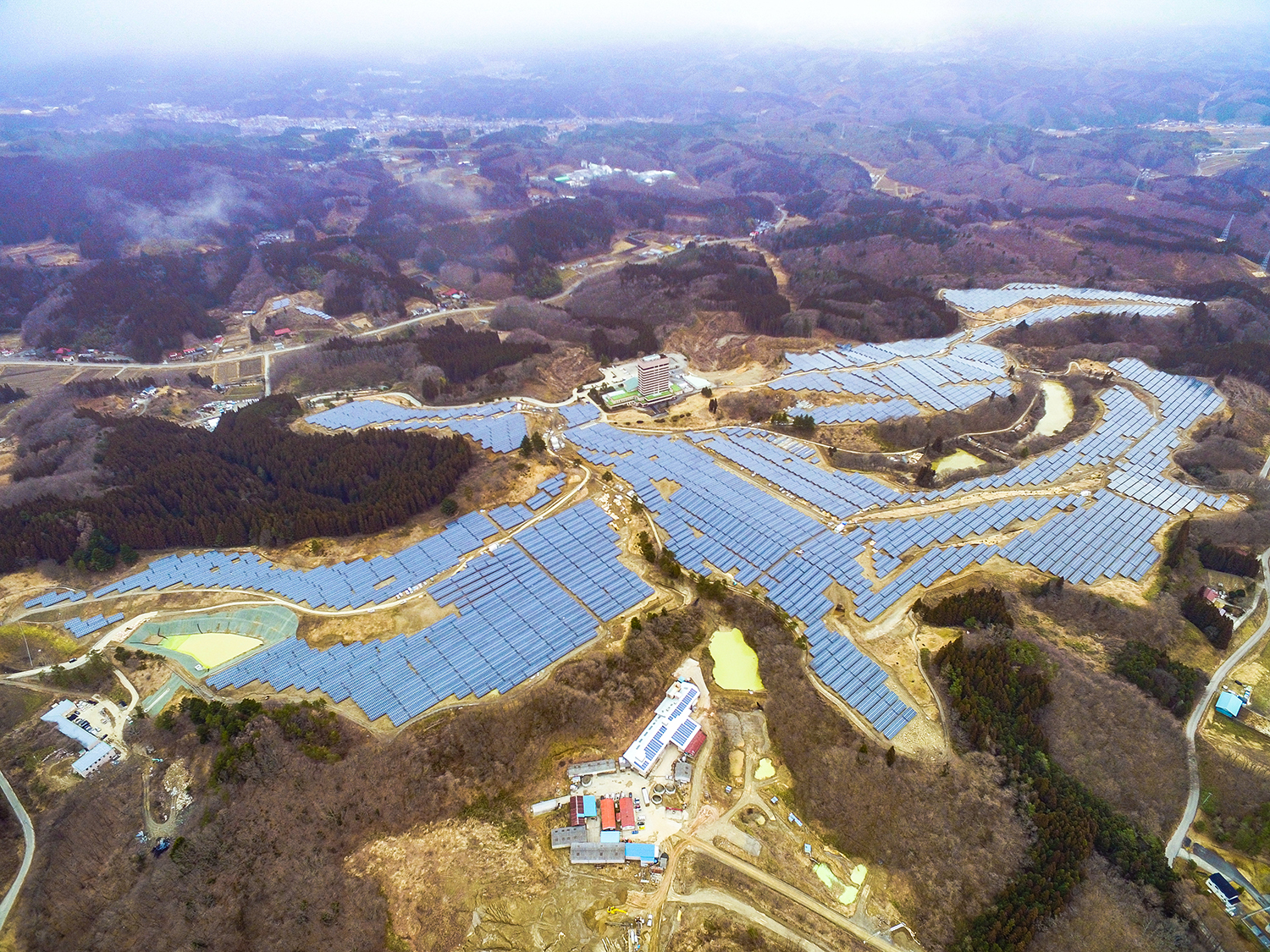
Vena Energy has started the commercial operation of a 35-megawatt solar facility in Japan’s northeastern prefecture of Fukushima, the site of one of the world’s worst nuclear disasters that was triggered by a devastating earthquake and tsunami in 2011.
The Ono Solar Project is part of efforts by Japanese authorities to transform the prefecture into a renewable energy hub.
The facility, operated by Vena Energy subsidiary Nippon Renewable Energy Operations, features 87,000 photovoltaic modules that can produce up to 37,441 megawatt hours of electricity annually, capable of supplying up to 7,098 households with renewable energy per year.
Compared with conventional thermal generation, the project will cut greenhouse gas emissions by up to 22,283 tonnes while saving about 35 million litres of water a year, the company says in a statement.
The local government wants Fukushima to be entirely powered by renewable energy by 2040, compared with 40% at present. The ambitious plan, estimated to cost around 300 billion yen (US$2.84 billion), involves the development of 11 solar power plants and 10 wind power plants on abandoned farmland and mountainous areas in the prefecture, according to a Nikkei Asian Review report.
The power generated from the entire renewable energy plan, about 600 MW, will be sent to the Tokyo metropolitan area through an 80-kilometre grid.
“The Ono Solar Project marks our 24th renewable energy project, bringing our total operational capacity to 449 megawatts in Japan,” Juan Mas Valor, head of Vena Energy Japan, says in a statement. “We successfully delivered the project on time, proactively overcoming the technical complexities related to the long distance from the substation and carefully managing the construction process through two typhoons including Hagibis, which was both the biggest storm and the most severe rainfall of the decade.” Valor said the construction involved about 975 local workers.









